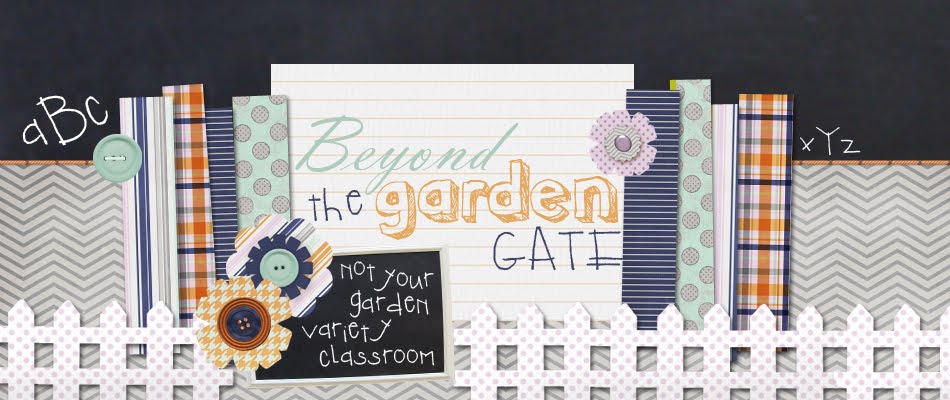What the heck is my principal talking about?
Every year as we prepare for the opening of school, my principal starts spouting off buzzwords that I only have an inkling as to what she means. I am after all, an educated woman with a Masters Degree, but she uses terms that we have never learned. No one wants the staff meeting to go any longer than necessary - so we all sit quietly. Of course, I can guess the meaning of these terms by using the context in which they were used. Isn't that what we teach our students to do? But this strategy only goes so far...I have a general understanding of what she is referring to - enough to fake it, but I don't have any background information. Sound familiar? I'm quite certain that I am not alone in this!
So, I have decided to take some time before the school year begins, and look up some of these terms. And lucky you...I am going to share my findings, so you don't have to take the time to do it yourself! Each day I will write a post on a different buzzword: Tier 1,2,3 Vocabulary List Words, STEM, Depth of Knowledge, Habits of Mind, and anything else that I hear as we head in to the school year.

Today's Topic: Tier 1, 2, 3 Tier Vocabulary

Today I will begin with tier 1, 2, and 3 words. Now this is one of those terms that I understand the concept, but is anyone ever going to show me a list of words, or do I have to make it myself? Seriously, do we expect every teacher to come up with his/her own list? I would have thought that my district would have taken care of this by now...maybe yours has, but I'm left here guessing as to what words should be Tier 2. I know that my primary focus should be on the tier 2 words, and that these are the academic vocabulary - the vocabulary of learning. Feldman & Kinsella (gurus in the field of academic vocabulary development) call this level "the academic toolkit." It seems pretty clear to me that students need to understand what is being asked of them in order to give a correct response, so I am pretty dialed in that these would be important. I have heard people suggest that each teacher should go through the standards and write down any academic word that is used in the standards, because these are likely to show up on the test. Seriously? We should each do this individually?
So, with a little research I have found a really good book to help us out.
Daily Academic Vocabulary by Evan Moore Publishing. They have one of these for each grade level.
Now these look very comprehensive but they're not cheap. I teach a 5th/6th blend and Amazon.com wants $22 for the 5th grade copy and $31.97 for the 6th grade - and that's the paperbacks. That is $54.00! Hello....I'm a teacher!!!!
Also, I've been told that Kate Kinsella is coming out with her own book on the subject and that it would be worth the wait. I guess I will wait.

Venturing on, after lots of Internet searching, I found some lists of tier 2 words listed by grade level. These were on the website of Hyde Park Central School District in Hyde Park, New York. Looks like they have their act together! Thanks for sharing HPCSD!
Click on these links to pull up the grade level tier 2 vocabulary lists:
GRADE 5,
GRADE 6,
GRADE 7,
GRADE 8,




























